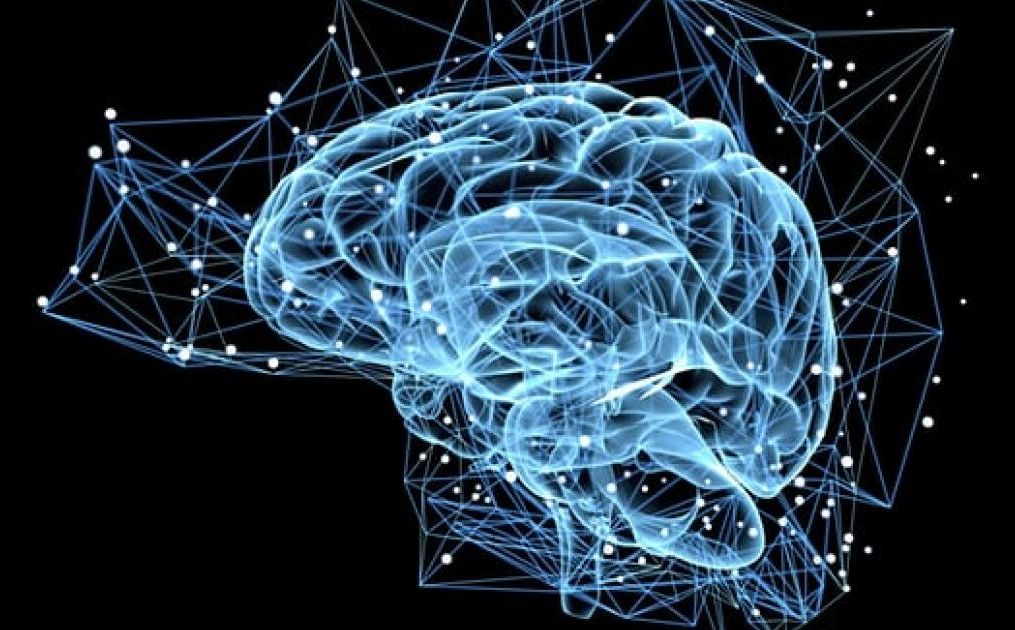New video from Undoing Aging 2018: Doug Ethell, Founder and CEO of Leucadia Therapeutics, presenting: Alzheimer’s Disease Begins as a Fixable Plumbing Problem.


Researchers involved in the Blue Brain Project – which aims to create a digital reconstruction of the brain – have announced the deployment of a next-generation supercomputer.

Credit: HPE
Ecole Polytechnique Fédérale de Lausanne (EPFL), the Swiss university and research institute developing the Blue Brain Project, has announced the selection of Hewlett Packard Enterprise (HPE) to build a next-generation supercomputer. This will model and simulate the mammalian brain in greater detail than ever before. The powerful new machine, called “Blue Brain 5”, will be dedicated to simulation neuroscience, in particular simulation-based research, analysis and visualisation, to advance the understanding of the brain.


Exciting new research from Yale University has revealed a new method that could potentially objectively diagnose if a person is suffering through the early stages of Alzheimer’s disease using a non-invasive PET scan.
A major roadblock slowing down effective Alzheimer’s research is our inability to easily, or clearly, diagnose the disease at its early stages. Several blood tests are being explored that can identify biomarkers signaling the early presence of the disease, but nothing has proved conclusive enough to move into general clinical use.
The new Yale University innovation uses PET imaging technology to evaluate cognitive decline by effectively measuring how much synaptic loss or degradation has occurred in a patient’s brain. To quantify a person’s “synaptic density” the researchers homed in on a protein called SV2A. This protein is found in nearly all healthy synapses, but as those connections degrade, so does the presence of SV2A.


Groundbreaking research shows that neurological health depends as much on signals sent by the body’s large, leg muscles to the brain as it does on directives from the brain to the muscles. Published today in Frontiers in Neuroscience, the study fundamentally alters brain and nervous system medicine — giving doctors new clues as to why patients with motor neuron disease, multiple sclerosis, spinal muscular atrophy and other neurological diseases often rapidly decline when their movement becomes limited.
“Our study supports the notion that people who are unable to do load-bearing exercises — such as patients who are bed-ridden, or even astronauts on extended travel — not only lose muscle mass, but their body chemistry is altered at the cellular level and even their nervous system is adversely impacted,” says Dr. Raffaella Adami from the Università degli Studi di Milano, Italy.
The study involved restricting mice from using their hind legs, but not their front legs, over a period of 28 days. The mice continued to eat and groom normally and did not exhibit stress. At the end of the trial, the researchers examined an area of the brain called the sub-ventricular zone, which in many mammals has the role of maintaining nerve cell health. It is also the area where neural stem cells produce new neurons.

Scientists have discovered a “Big Bang” of Alzheimer’s disease – the precise point at which a healthy protein becomes toxic but has not yet formed deadly tangles in the brain.
A study from UT Southwestern’s O’Donnell Brain Institute provides novel insight into the shape-shifting nature of a tau molecule just before it begins sticking to itself to form larger aggregates. The revelation offers a new strategy to detect the devastating disease before it takes hold and has spawned an effort to develop treatments that stabilize tau proteins before they shift shape.
“This is perhaps the biggest finding we have made to date, though it will likely be some time before any benefits materialize in the clinic. This changes much of how we think about the problem,” said Dr. Marc Diamond, Director for UT Southwestern’s Center for Alzheimer’s and Neurodegenerative Diseases and a leading dementia expert credited with determining that tau acts like a prion – an infectious protein that can self-replicate.


A combination of nanomaterials that can mimic nerve impulses (“spikes”) in the brain have been discovered by researchers at Kyushu Institute of Technology and Osaka University in Japan.
Current “neuromorphic” (brain-like) chips (such as IBM’s neurosynaptic TrueNorth) and circuits (such as those based on the NVIDIA GPGPU, or general purpose graphical processing unit) are devices based on complex circuits that emulate only one part of the brain’s mechanisms: the learning ability of synapses (which connect neurons together).

Scientists at the California Institute of Technology can now assess a person’s intelligence in moments with nothing more than a brain scan and an AI algorithm, university officials announced this summer.
Caltech researchers led by Ralph Adolphs, PhD, a professor of psychology, neuroscience and biology and chair of the Caltech Brain Imaging Center, said in a recent study that they, alongside colleagues at Cedars-Sinai Medical Center and the University of Salerno, were successfully able to predict IQ in hundreds of patients from fMRI scans of resting-state brain activity. The work is pending publication in the journal Philosophical Transactions of the Royal Society.
Adolphs and his team collected data from nearly 900 men and women for their research, all of whom were part of the National Institutes of Health (NIH)-driven Human Connectome Project. The researchers trained their machine learning algorithm on the complexities of the human brain by feeding the brain scans and intelligence scores of these hundreds of patients into the algorithm—something that took very little effort on the patients’ end.